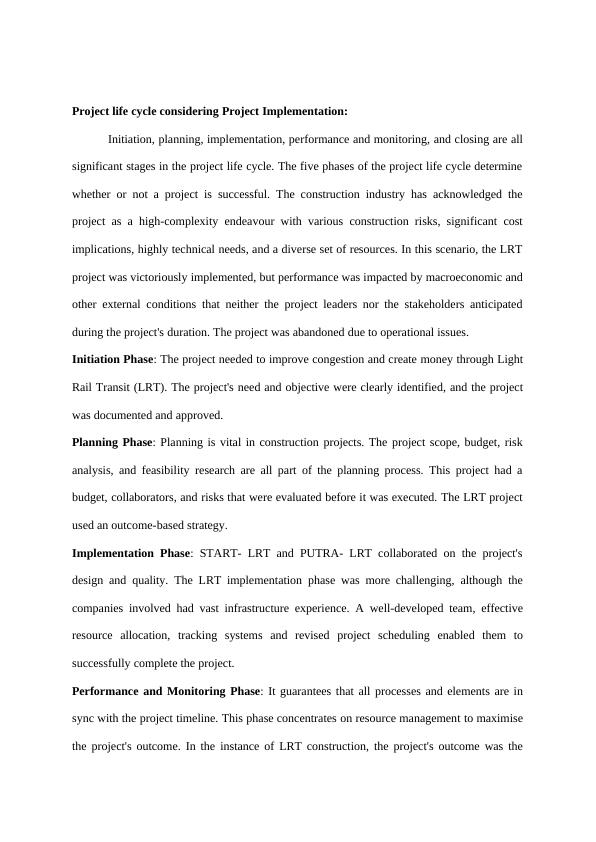Case Study on the Reasons of Failure of PPP Infrastructure Projects
Added on 2022-07-21
5 Pages1392 Words19 Views
End of preview
Want to access all the pages? Upload your documents or become a member.
Analysis of Sustainable Transport for Smart Cities - PDF
|11
|2218
|127
Construction Project with BIM Implementation - Kingsly PLC Case Study
|5
|1584
|248
Report about Procurement and Contract Management 2022
|8
|2139
|30
Project Life Cycle in Property Development Business: A Case Study of Construction Company
|57
|10974
|186
Impact of Building Information Modeling (BIM) on People Management Processes in Construction SMEs
|11
|3491
|70
Stakeholder Engagement in Sydney Airport's Runway Project
|19
|5212
|136


